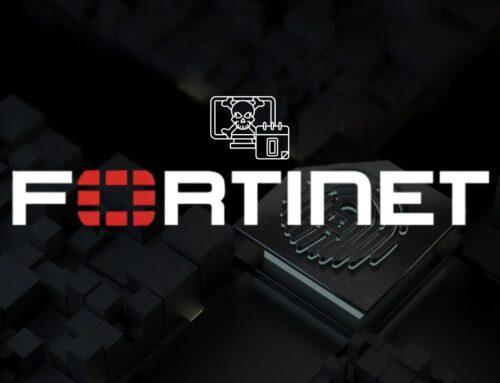
Cloudflare Discloses Technical Details Behind Massive Outage that Breaks the Internet
A few hours of downtime can feel like an eternity in our hyper-connected world. When a major internet infrastructure provider experiences an outage, the ripple effects are felt globally, disrupting businesses, communications, and critical services. Cloudflare, a company renowned for its global content delivery network (CDN) and DDoS mitigation services, recently disclosed the technical intricacies behind a significant outage that temporarily fractured a significant portion of the internet. This incident serves as a crucial reminder that even the most robust systems are susceptible to internal vulnerabilities, not just external threats.
Understanding the Cloudflare Outage: A Configuration Catastrophe
On November 2nd, 2023, beginning at approximately 11:20 UTC, Cloudflare experienced a widespread network failure. Contrary to initial speculation, this was not the result of a cyberattack. Instead, Cloudflare’s own comprehensive report, as highlighted by Cybersecurity News, detailed an internal configuration error as the root cause. This highlights a critical lesson for all organizations: the greatest threats can sometimes originate from within.
The Cascade of Errors: How a Simple Change Brought Down the Internet
The core issue stemmed from a routine update to Cloudflare’s Wide-Area Network (WAN) routing system. A misconfigured rule, intended to optimize traffic, had the unintended consequence of blackholing significant portions of their network. Specifically, a software update pushed to a subset of their data centers contained a faulty logic that led to routes being advertised incorrectly or withdrawn entirely. This created a domino effect:
- Route Poisoning: Incorrect routes were propagated across their network, leading to traffic being sent to non-existent or inaccessible destinations.
- Congestion and Packet Loss: As traffic piled up at affected peering points, severe congestion and packet loss ensued, rendering countless websites and services unreachable.
- Recursive DNS Impact: Cloudflare’s popular 1.1.1.1 DNS resolver was also heavily impacted, further exacerbating the outage for users relying on their DNS services.
Cloudflare’s engineers swiftly identified the issue, but the sheer scale and distributed nature of their network meant that rolling back the faulty configuration and restoring service took several hours, affecting millions of users and numerous online platforms.
Not a Cyber Threat: A Lesson in Operational Resilience
The absence of a malicious external actor in this incident is a significant takeaway. While cybersecurity news often focuses on breaches and attacks, this Cloudflare outage underscores the importance of operational resilience and robust change management processes. A single, albeit critical, configuration error was enough to cause widespread disruption. This scenario, while not a CVE in the traditional sense of a software vulnerability, nonetheless represents a significant operational risk that organizations must address.
Remediation and Enhanced Safeguards
Cloudflare has, understandably, implemented several measures to prevent a recurrence. Their post-mortem outlined a commitment to enhancing their network testing suites, refining their deployment methodologies, and improving their internal monitoring and alert systems. Key actions include:
- Stricter Change Management: Implementing more rigorous review processes for network configuration changes.
- Phased Deployments: Adopting more granular, phased rollouts of updates to limit the blast radius of potential errors.
- Automated Rollback Systems: Developing and refining automated systems capable of detecting anomalous behavior and initiating immediate rollbacks.
- Improved Network Telemetry: Enhancing visibility into network health and traffic flow to more quickly identify and pinpoint issues.
Key Takeaways for IT Professionals and Organizations
This incident offers invaluable lessons for any organization operating online, regardless of its size or infrastructure:
- Redundancy is King: While Cloudflare itself provides redundancy for others, internal redundancy and failover mechanisms are critical.
- Robust Change Management: Meticulous planning, testing, and phased deployment strategies for any network or software changes are paramount.
- Monitoring and Alerting: Comprehensive, real-time monitoring and actionable alerts are essential for rapid detection and response to anomalies.
- Disaster Recovery Planning: Regular testing of disaster recovery and business continuity plans is crucial, even for internal operational failures.
- Supply Chain Resilience: Understand the dependencies on third-party providers like Cloudflare and have contingency plans for their outages.
Conclusion
Cloudflare’s disclosure of the technical details behind its recent massive outage is a testament to transparency and a critical learning opportunity for the entire internet ecosystem. It unequivocally demonstrates that operational errors, particularly misconfigurations, can be as disruptive as, if not more so than, sophisticated cyberattacks. By sharing these insights, Cloudflare provides a blueprint for organizations to re-evaluate their internal processes, enhance their resilience, and ultimately build a more stable and reliable internet for everyone.





